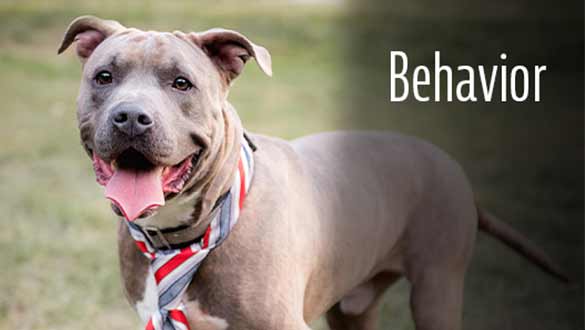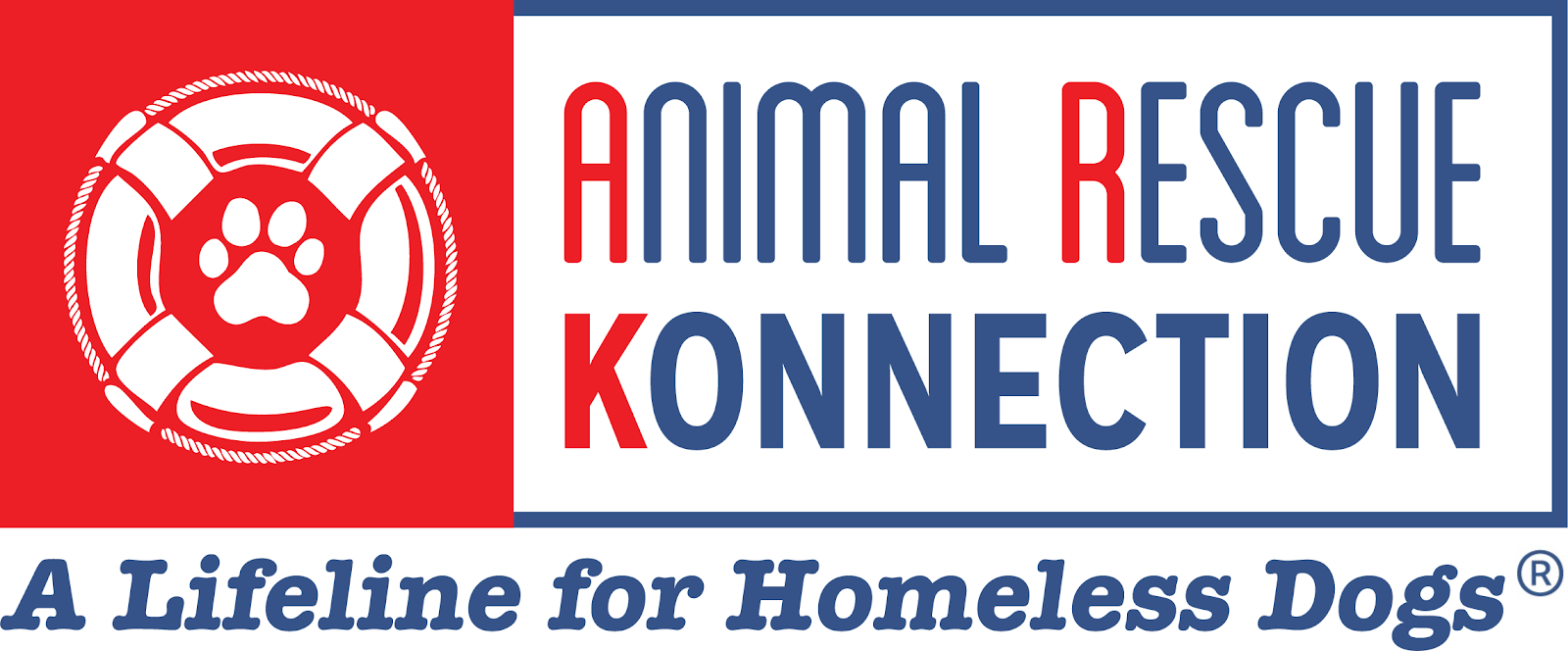Separation Anxiety After COVID-19

Have you been home with your dog thanks to the pandemic? When it’s time for you to get on with life, what’s Fido to do without you? Help ward off separation-related behaviors now because even well-adjusted dogs may feel anxious when you’re away all day. Puppies and dogs adopted during the pandemic are more at risk.
You can start by practicing work-related “leaving cues” such as getting up with an alarm, putting shoes on, and grabbing your keys to go. Be more deliberate in your actions. You can go through the entire drill of preparing for work at the normal time and actually leave home. Take a drive and return a little while later. Depending on how your dog reacts, leave home for longer periods.
If possible monitor your dog with a camera. You can also help your dog by going on a long walk or playing a good game of fetch before going to work. For the average dog, daily enrichment and exercise as well as using those leaving cues will be enough to maintain emotional and physical well-being.
But what if these strategies don’t help? Symptoms of separation anxiety include: vocalizations, destroying household objects especially door frames and confinement areas, self-injury, and soiling in the home or crate. Dogs with true SA normally do not crate well. If your dog has any of these symptoms, call your vet to discuss ways to help your dog feel better.
by Diane Swift
